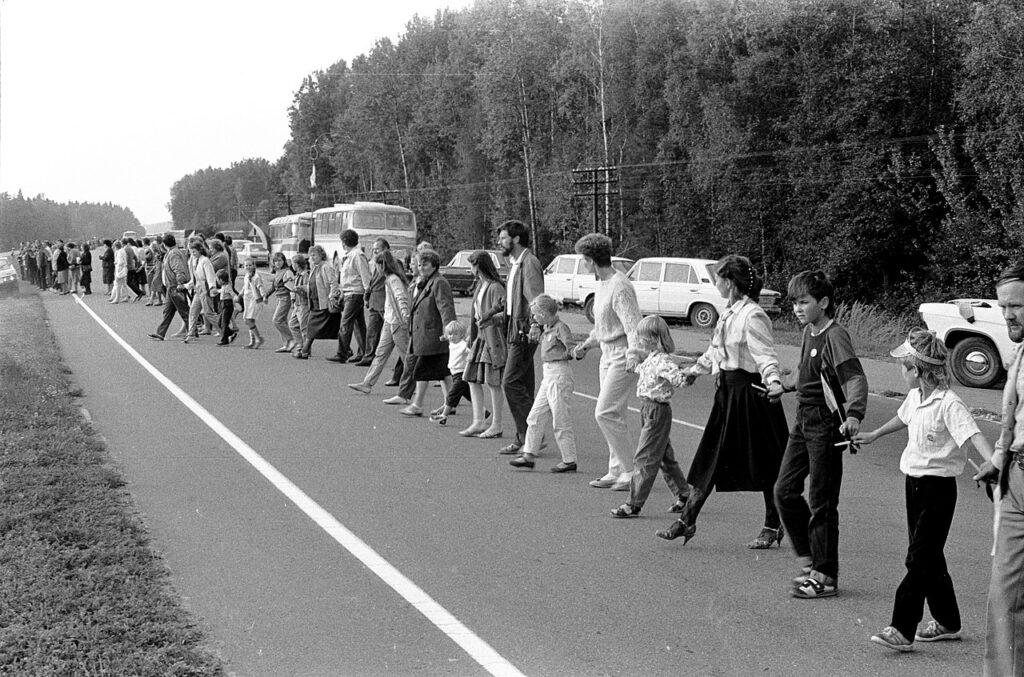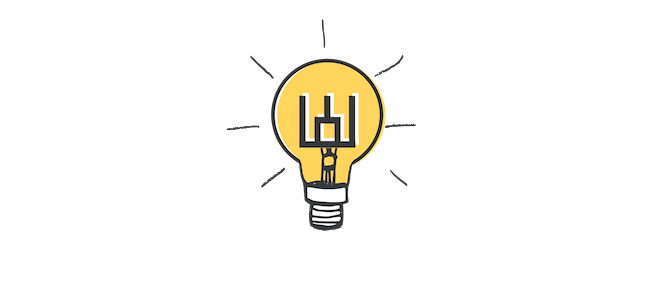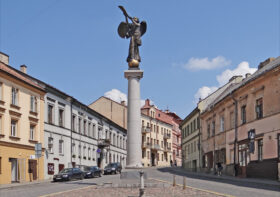Lithuania’s 2 Independence Days

Lithuania is one of the few countries that observe more than one independence day. According to an article by the Chicago Tribune, the countries of Slovakia, Belarus, and Latvia, among others, observe more than one national day celebrating independence!
February 16th: Lithuania’s first independence day
According to public broadcaster LRT, the first day considered one of Lithuania’s two independence days, takes place on February 16th. This day is officially called Lietuvos valstybės atkūrimo diena, or Lithuania’s State Restoration Day.
This day commemorates February 16th, 1918: The day that twenty members of the Council of Lithuania signed the country’s Act of Independence – which officially declared that Lithuania was a sovereign democratic state with Vilnius as its capital city.
The document was crafted to cut-off statehood ties with all other nations. Russia had ruled the land since the late 18th century, while Lithuania was under German administration during the first world war.
March 11th: Lithuania’s second independence day
Lithuania’s emergence as a modern state would be somewhat short-lived as the country would lose its independence about two decades later, with occupation taking place at the hands of the Soviet Union in 1940. This was followed by the military occupation of Lithuania by Nazi Germany from 1941 to 1944, and re-occupation by the Soviets from 1945 to 1991.
Under communist rule, Lithuania would be occupied by the Soviet Union for 50 years and be known as the LSSR – or Lithuanian Soviet Socialist Republic.
But eventually, after years of resistance, struggle, and a rising independence movement, the Supreme Council of Lithuania adopted an act on the Restoration of an Independent State of Lithuania on March 11th, 1990. In Lithuanian, this day is known as Nepriklausomybės atkūrimo diena – or the Restoration of Independence Day.

Lithuania’s independence from the Soviet Union: The beginning of the end of the USSR?
According to a government site, this Act of the Re-Establishment of the State of Lithuania served as a model and inspiration to other Soviet republics.
On May 31st, 1990, the Moldovan soviet socialist republic voted to recognize the Restoration of Lithuanian independence, with the Moldovan Parliament being the first in the world to officially recognize the country’s Independence – even though Moldova was still part of the Soviet Union.
Probably sensing the unfavorable precedence it would set for the rest of the union, Mikhail Gorbachev, leader of the USSR, called Lithuania’s Act of Independence illegal and demanded that it be revoked.
To put more pressure on Lithuania to withdraw its declaration of independence, the USSR sent in troops and imposed an economic blockade. One of the major events during this time took place on January 13th, 1991, when civilians, blocking Soviet troops from accessing the Vilnius TV Tower, were killed for their resistance.
But Lithuanians continued to resist this coercion from the Soviet Union and – in September 1991, Moscow gave in, and recognized the independence of Lithuania. In fact, on September 17th, 1991, Lithuania was welcomed as a member of the United Nations along with Estonia and Latvia.
For the record, Iceland was the first country outside of the USSR to recognize Lithuanian independence on February 11th, 1991. This was followed shortly after by Denmark, Slovenia and Croatia, and Latvia.

Based on figures provided by the Genocide museum in Vilnius, 240,000 were murdered by the Nazis, while 30,000 were imprisoned, and 60,000 were deported as laborers in Germany. As for the Soviets, they were estimated to have killed 80,000 while jailing nearly 190,000 and deporting 625,000.
Did you know about Lithuania’s two independence days? Have you been to an independence day event yet? Share your experiences by leaving a comment!
Sources: Chicago Tribune, LRT, Cato Institute



